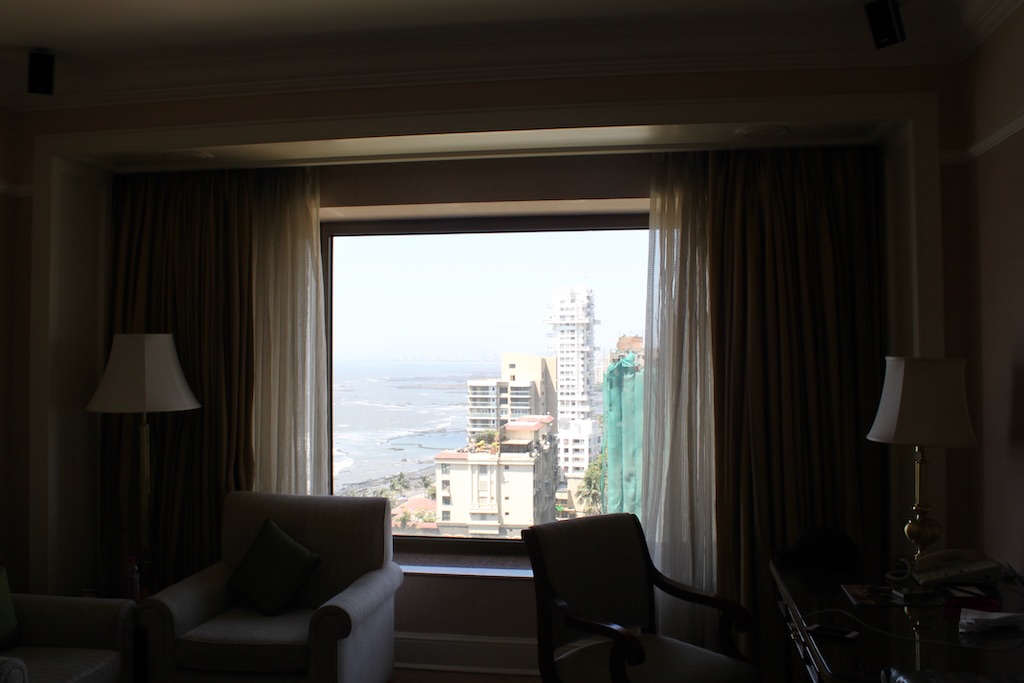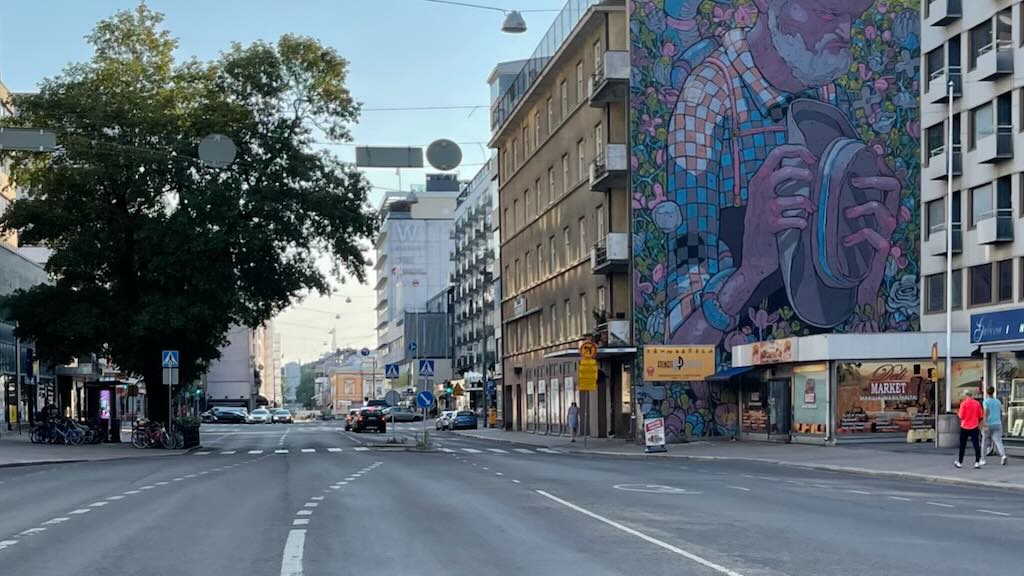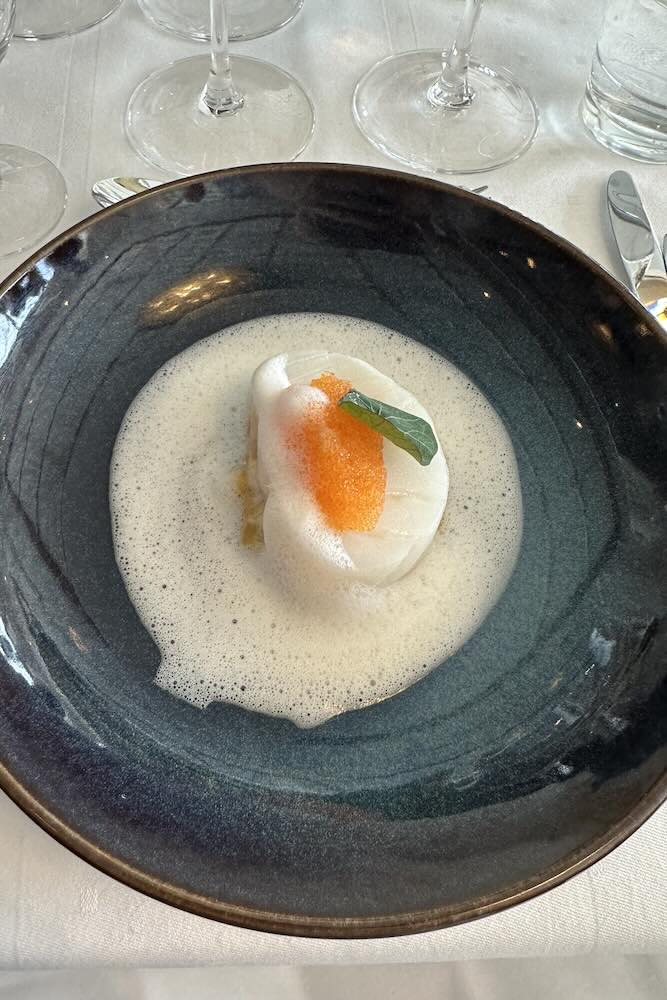In today’s video, we embark on a visual journey to one of Paris’s most iconic landmarks – the Eiffel Tower. I filmed this video to capture and share the unique experience of ascending to the summit of this world-renowned structure. It offers a first-hand perspective of the journey upwards, revealing the nuances of climbing the final stairs by foot, as the elevator does not extend to the very top.
The experience, though challenging, is immensely rewarding. The video vividly describes the anticipation and effort involved in navigating through long queues under the blazing sun and sharing a confined elevator space with strangers, transcending language barriers. It brings to life the sensation of watching the ground slowly disappear beneath you, marking a point of no return.
What awaits at the pinnacle is nothing short of breathtaking. The panoramic views from the top of the Eiffel Tower are spectacular and unforgettable, justifying every bit of the effort and expense.
Additionally, the video captures the enchanting beauty of the Parisian nightscape, highlighting the mesmerizing lights of the Eiffel Tower from the streets of central Paris, a sight that evokes an indescribable feeling for any tourist.
Returning to the Eiffel Tower, this video is just the beginning of a series of captivating visual narratives. Upon its conclusion, viewers will have the opportunity to explore additional content related to the Eiffel Tower, enhancing their understanding and appreciation of this magnificent structure.
I invite you to join this visual adventure by subscribing to my INDIVUEtv YouTube channel, ensuring you stay updated with the latest in my travel and art video content.
Video duration: 2:30
Eiffel Tower: A Symbol of Parisian Splendor
The Eiffel Tower, an emblem of Paris and a marvel of 19th-century engineering, stands as a testament to human ingenuity and the enduring allure of France’s capital. This iconic structure continues to captivate millions of visitors each year.
Historical Backdrop
The Eiffel Tower was conceived as part of the 1889 Exposition Universelle (World’s Fair) held in Paris to commemorate the centennial of the French Revolution. Designed by engineer Gustave Eiffel, its construction began in 1887 and concluded in 1889, marking a significant feat in architectural history.
Initial Reception
Originally met with skepticism and criticism from some of Paris’s leading artists and intellectuals, who deemed it an eyesore, the structure has since transcended its initial controversy to become a universally recognized symbol of France.
Architectural Marvel
Design and Dimensions
Standing at an impressive height of 324 meters (1,063 feet), the Eiffel Tower was the world’s tallest man-made structure until the completion of the Chrysler Building in New York City in 1930. Its iron lattice structure, comprising 18,038 individual iron parts and held together by 2.5 million rivets, showcases the industrial prowess of the era.
Innovations
The tower was a marvel of engineering, featuring advanced lifts that were a novelty at the time. It also served as a platform for experiments in physics, particularly in the field of radio transmission, playing a crucial role during World War I.
Cultural and Symbolic Significance
Icon of Paris
The Eiffel Tower is an icon that embodies the spirit of Paris. Its image is synonymous with romance, art, and the historical grandeur of the city.
Tourism and Global Recognition
As one of the most visited monuments in the world, the Eiffel Tower is a central attraction for tourists, offering unparalleled views of Paris. It also features in numerous works of literature, film, and art, further cementing its status as a global cultural icon.
Experiencing the Tower
Visiting Tips
Visitors can ascend the tower via lifts or stairs to various levels, each offering unique perspectives of the city. The first and second levels house restaurants and exhibits, while the summit provides breathtaking panoramic views.
Special Events and Lighting
The tower is renowned for its nightly light shows, illuminating the Parisian skyline with a sparkling display. It also hosts various events and exhibitions, continually reinventing its role in the cultural fabric of Paris.
Useful links:






Leave a comment